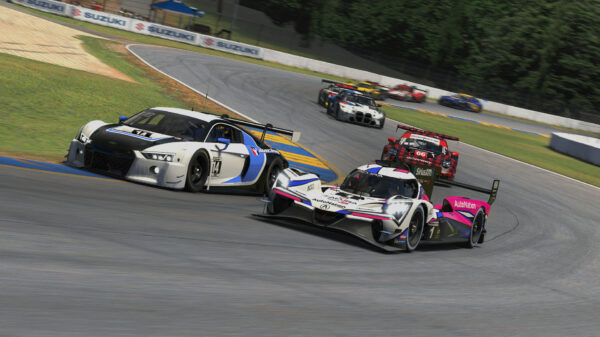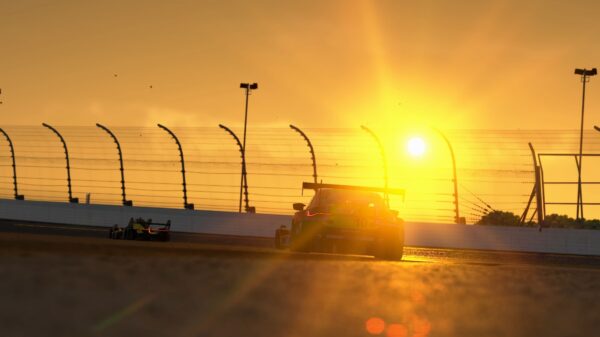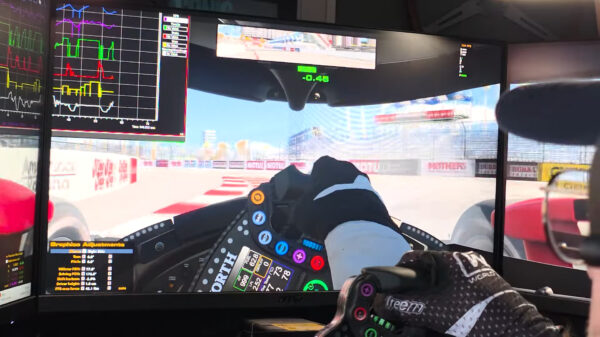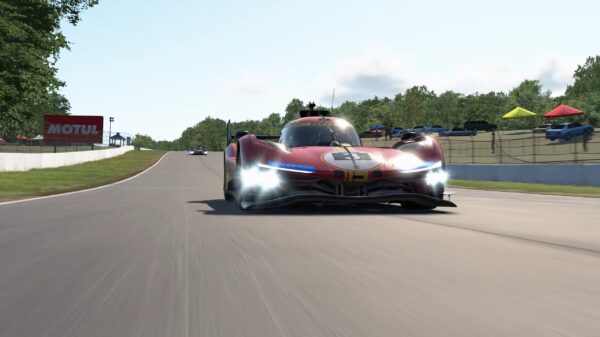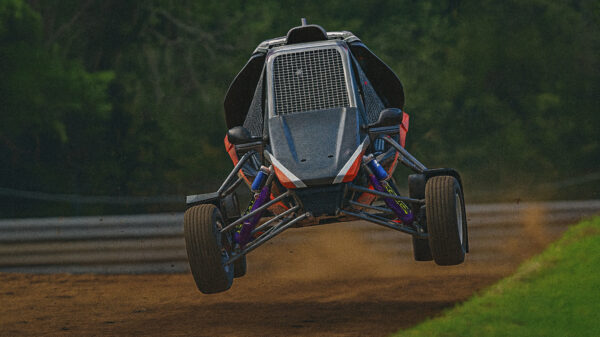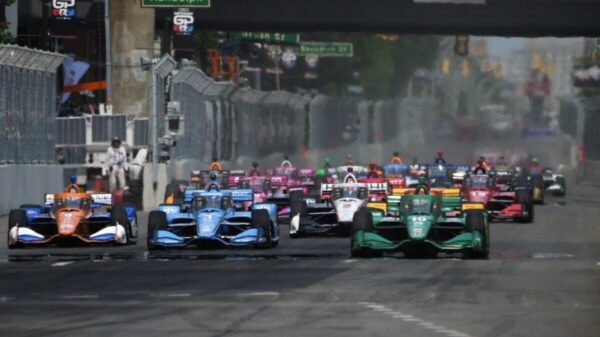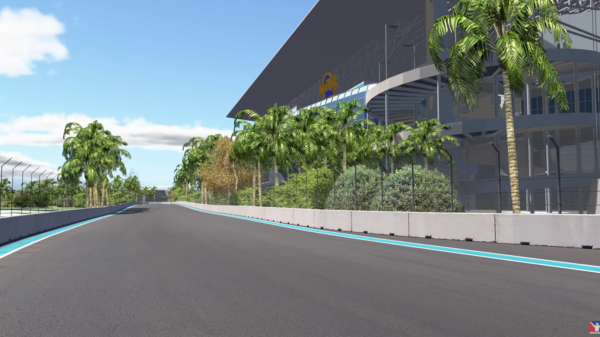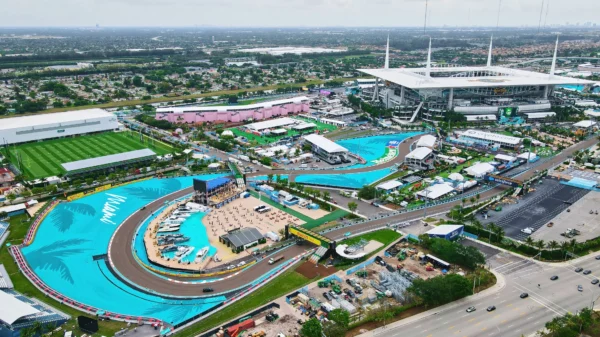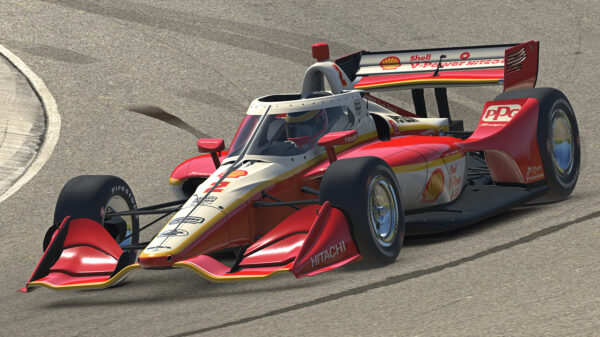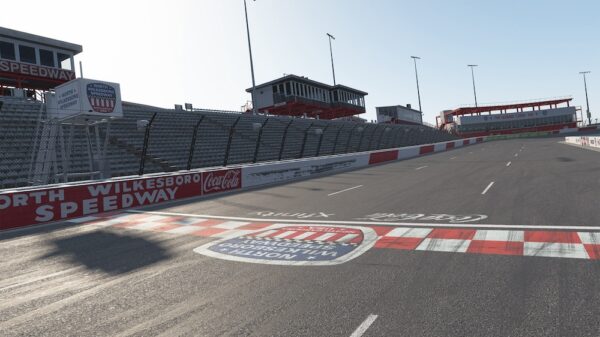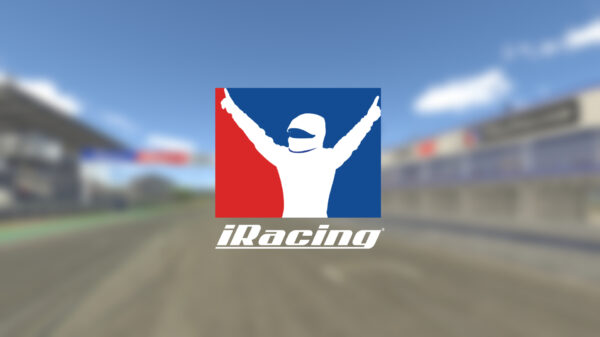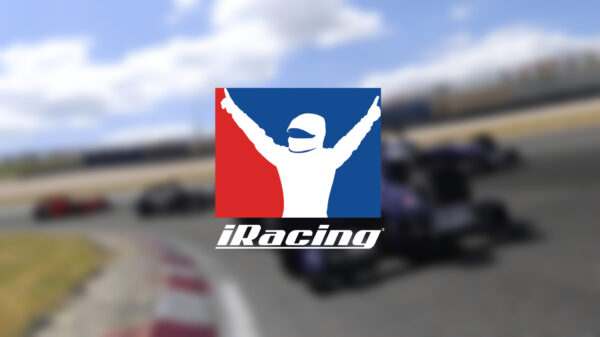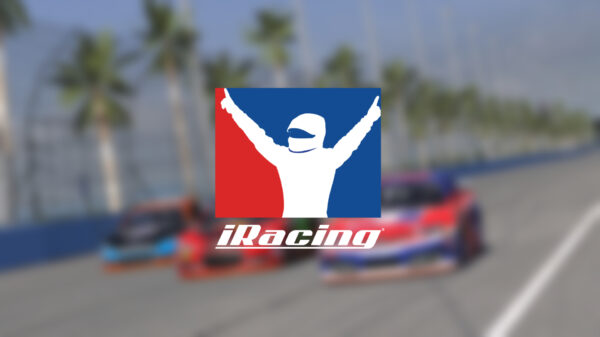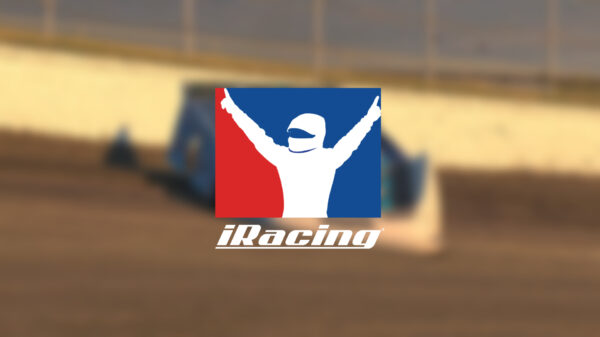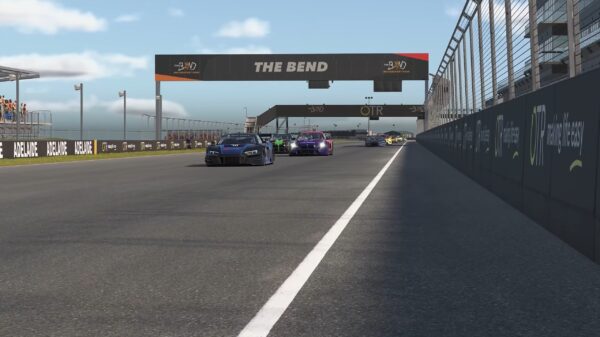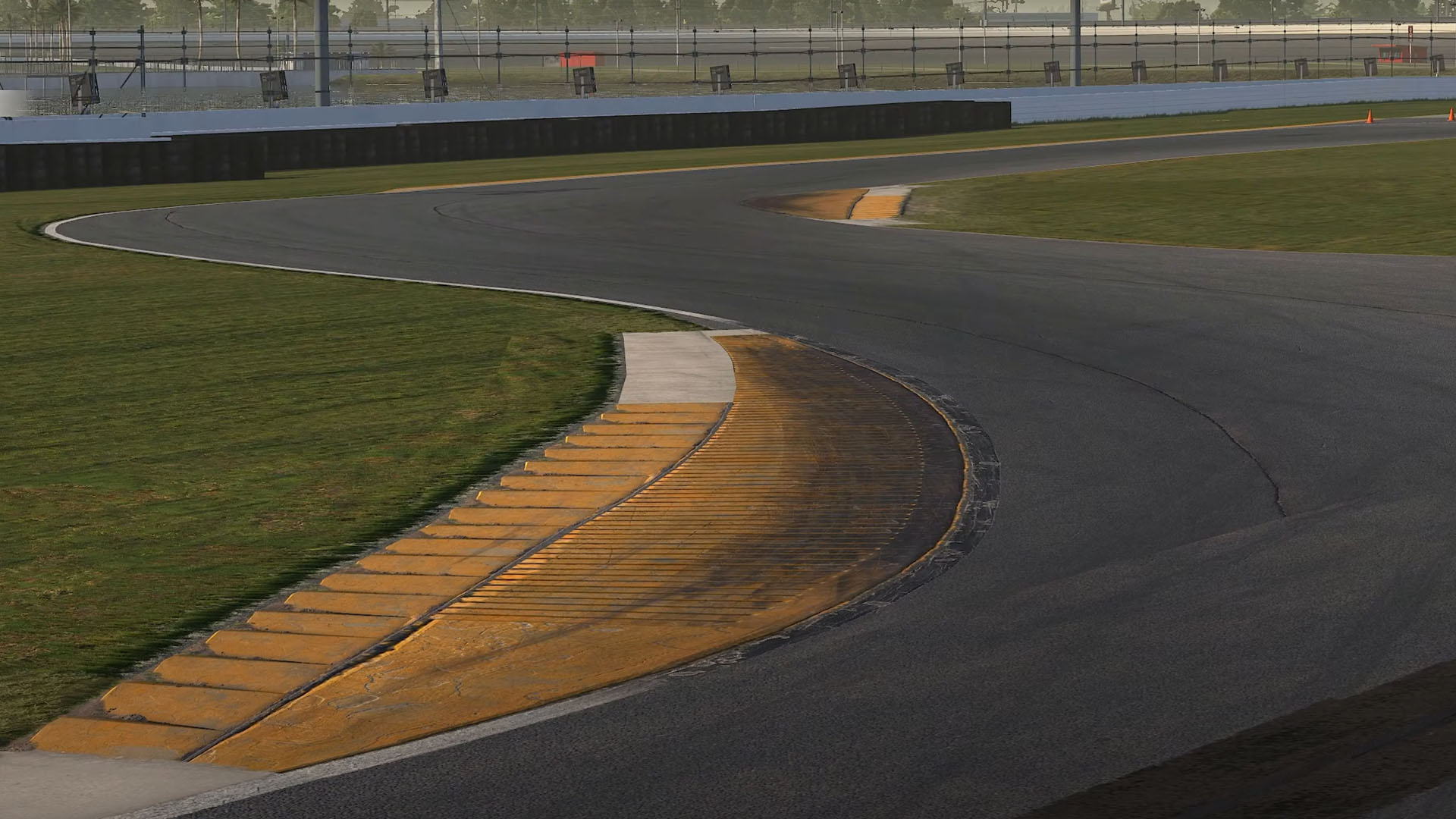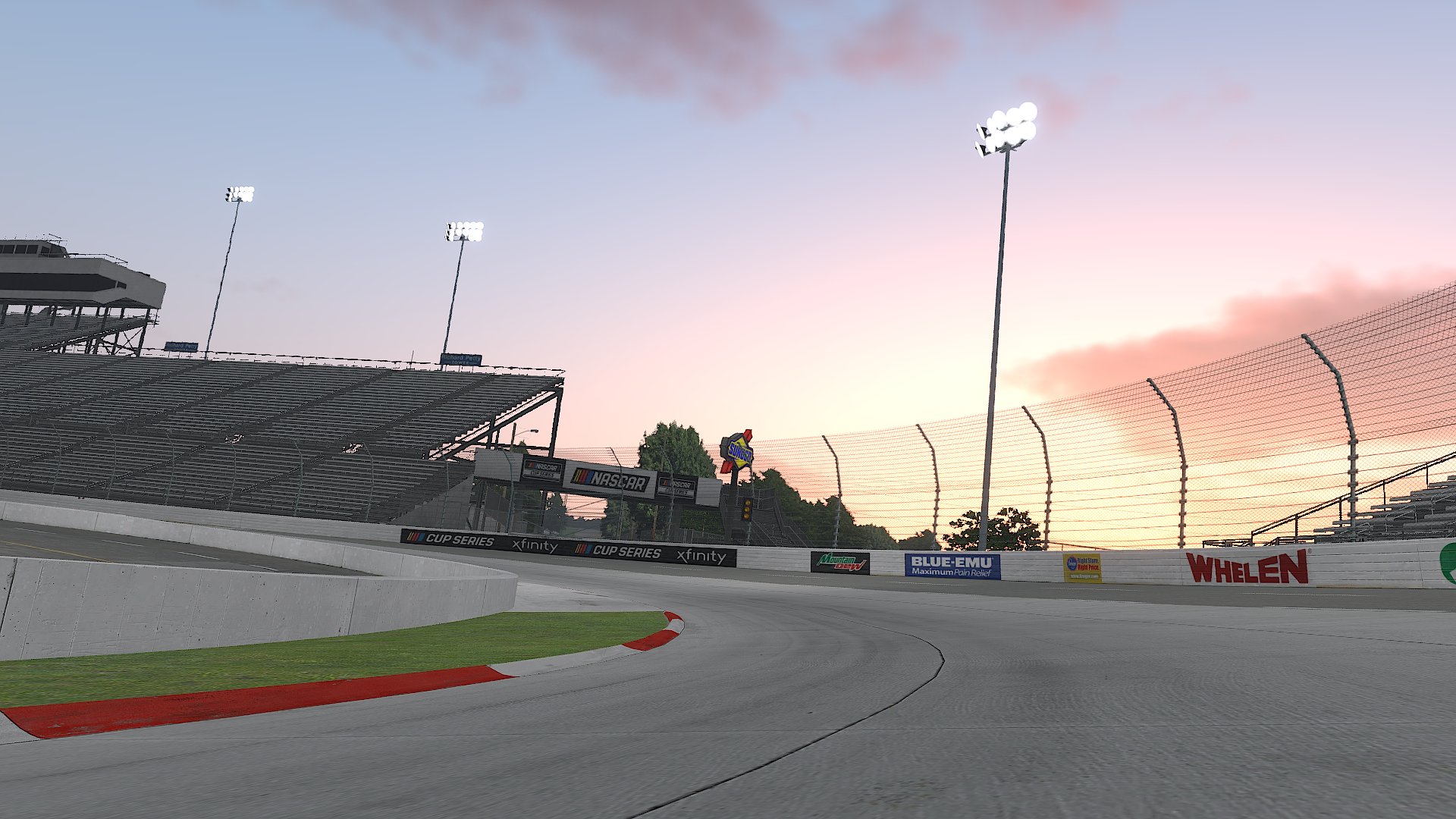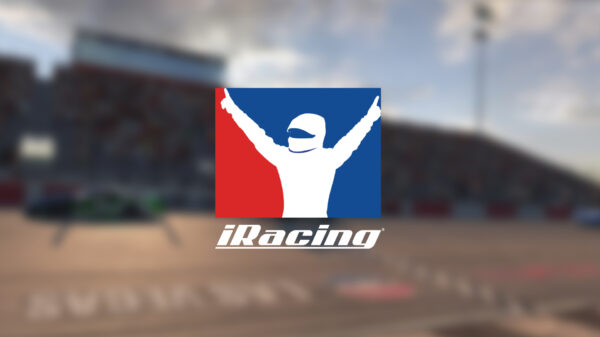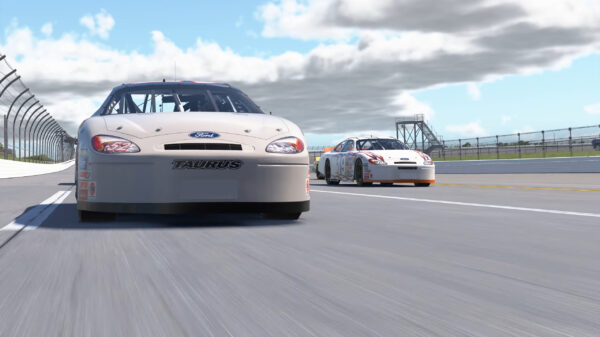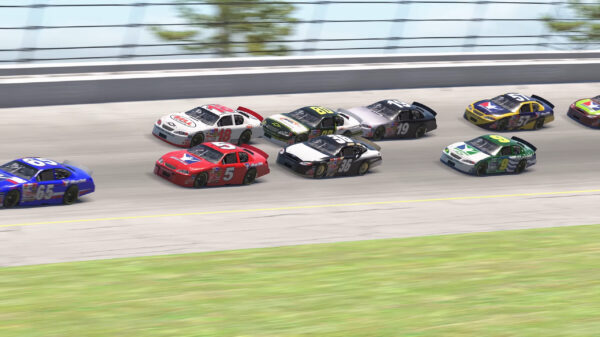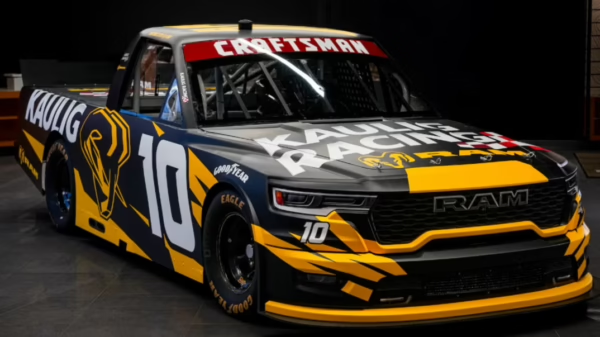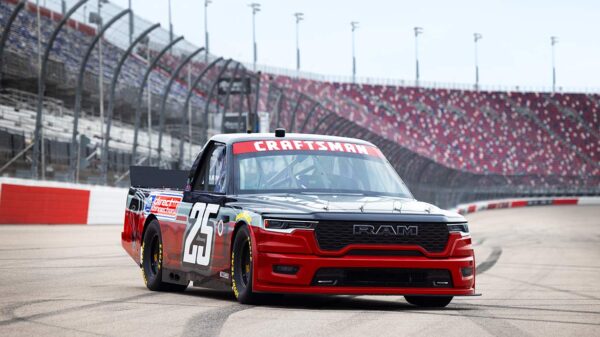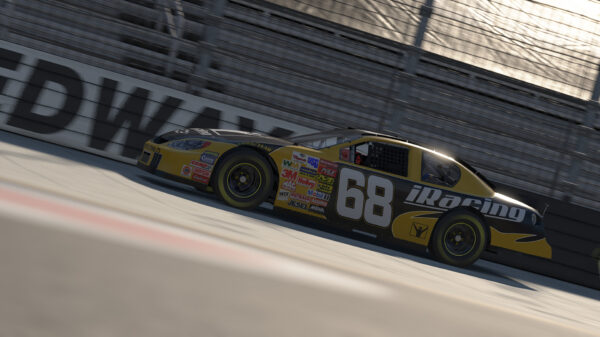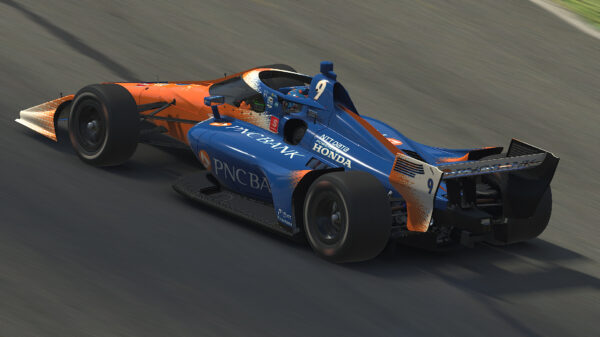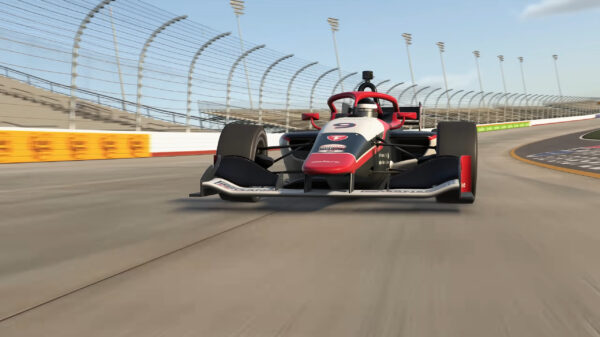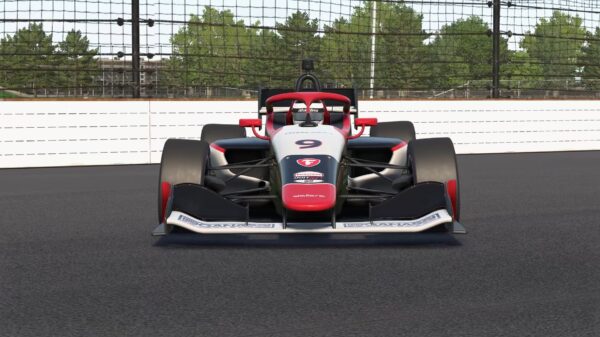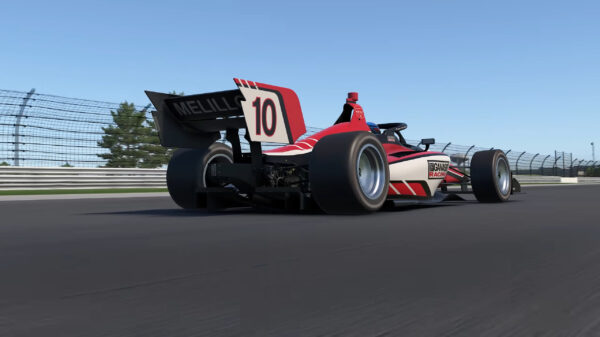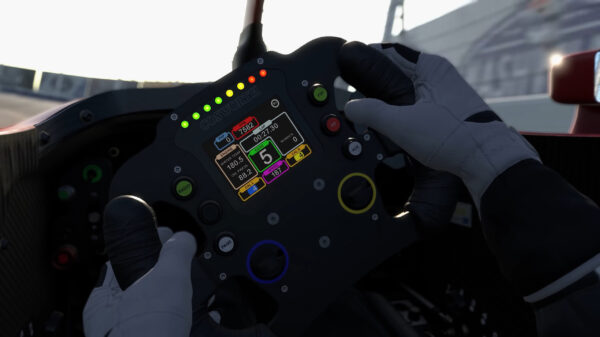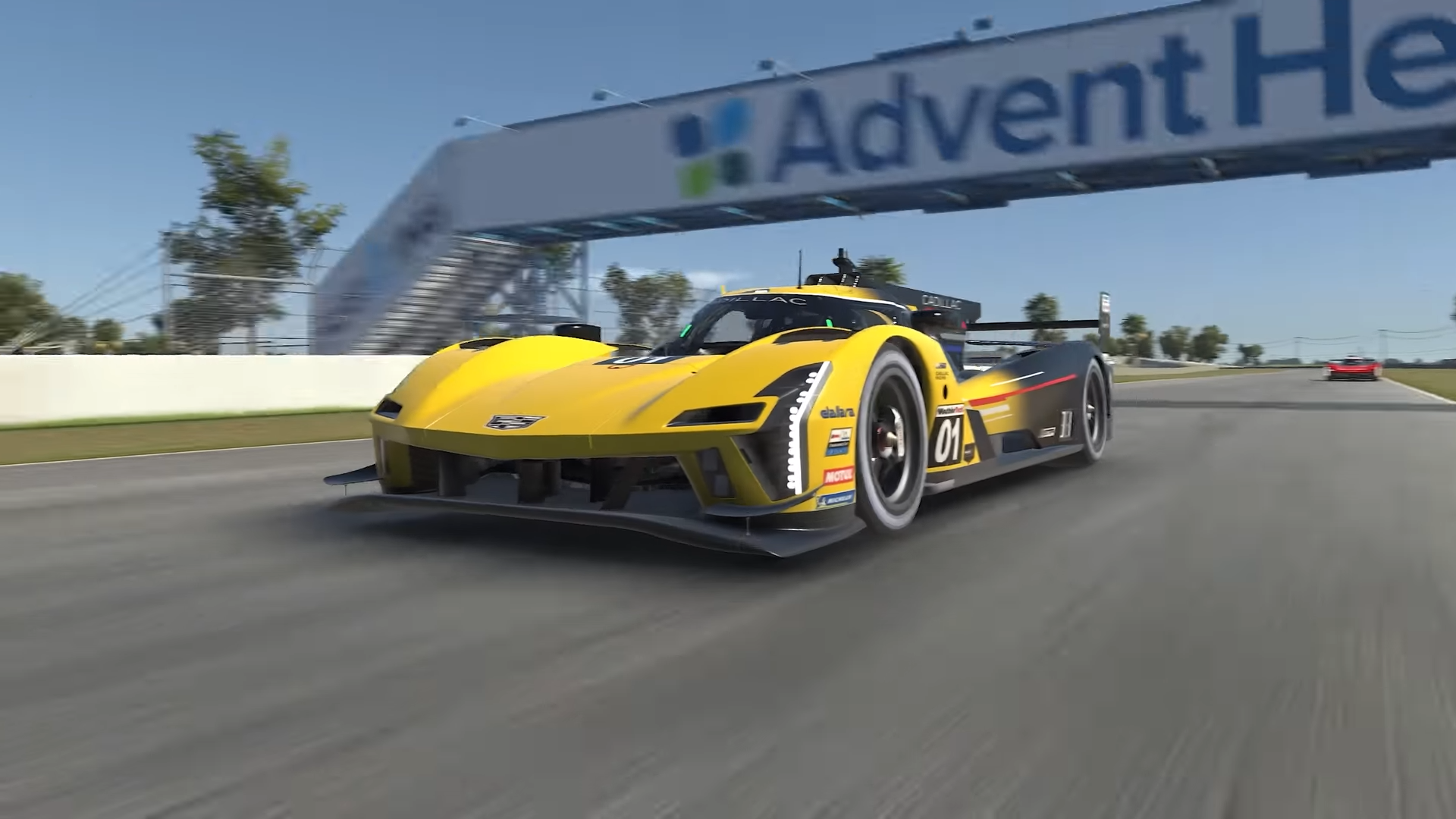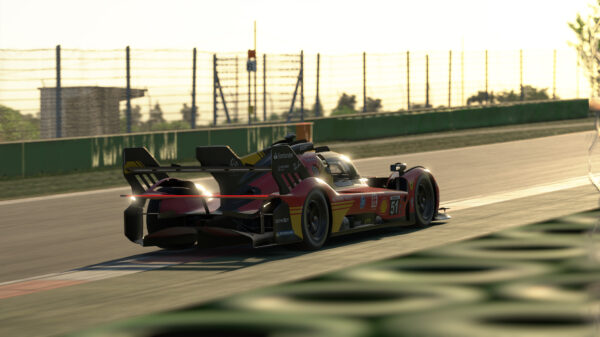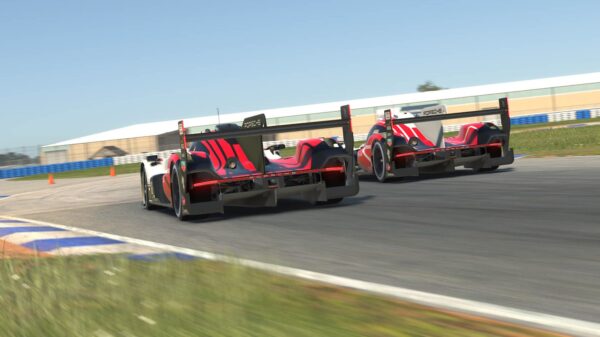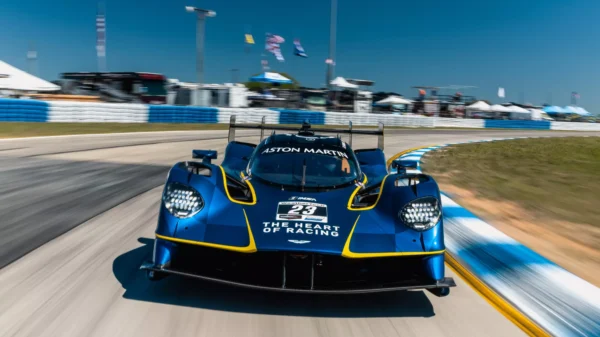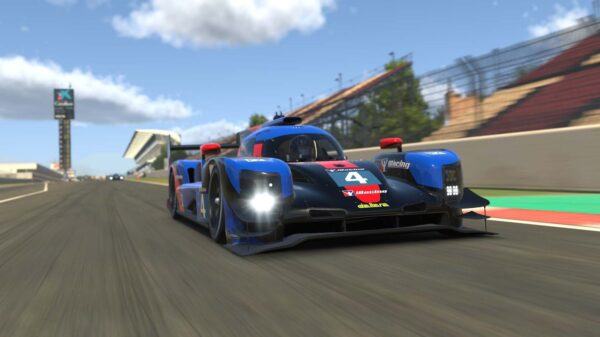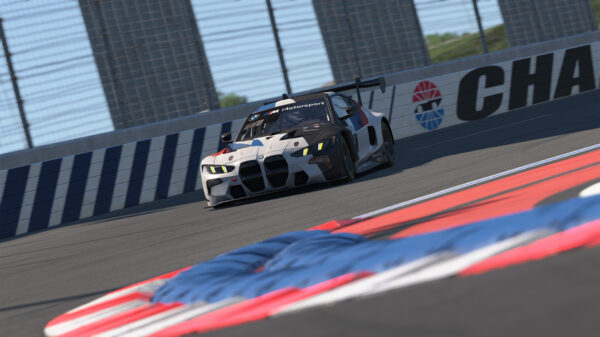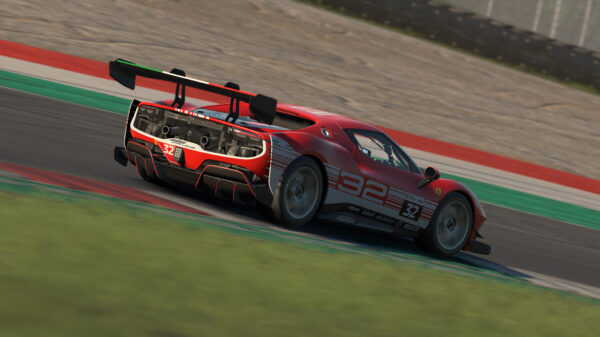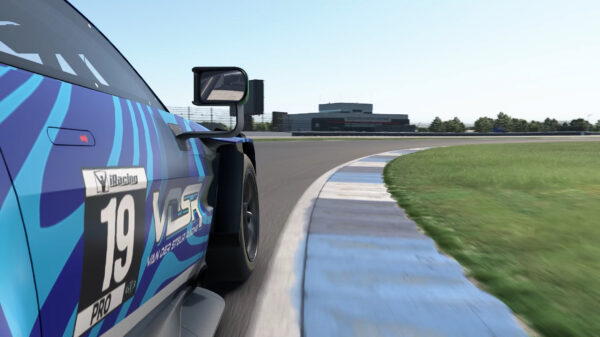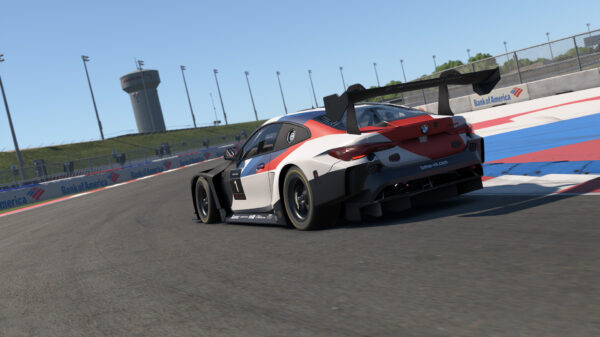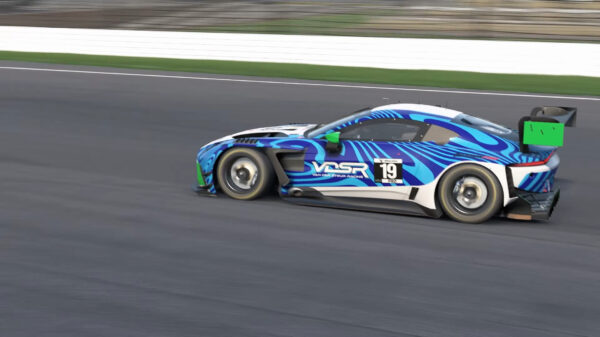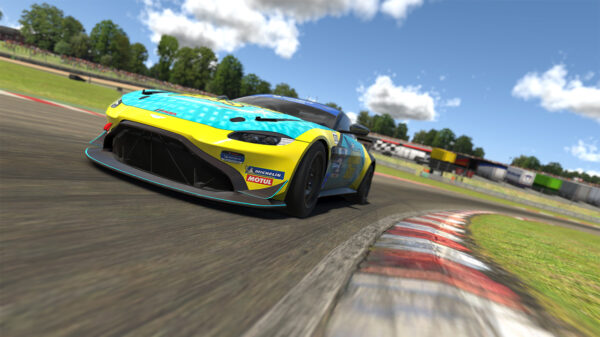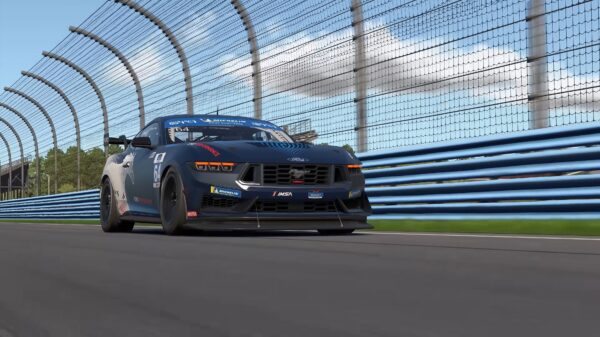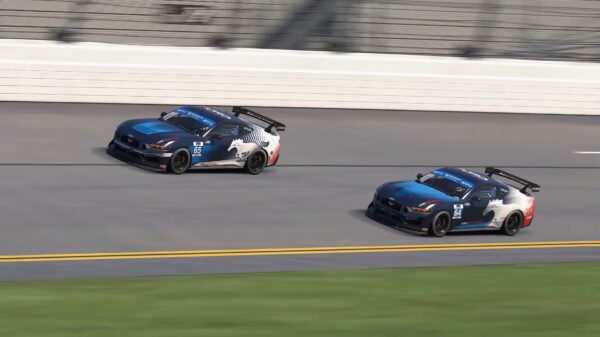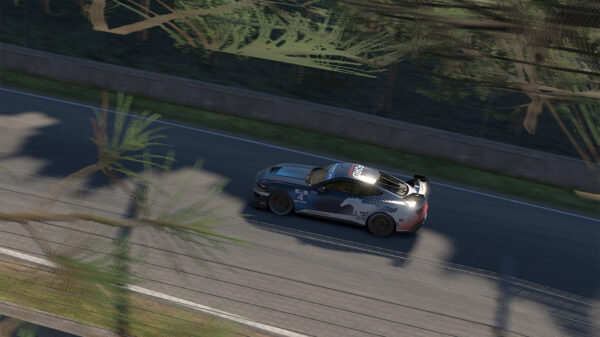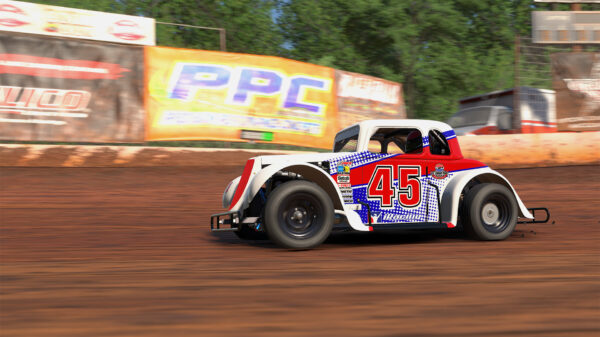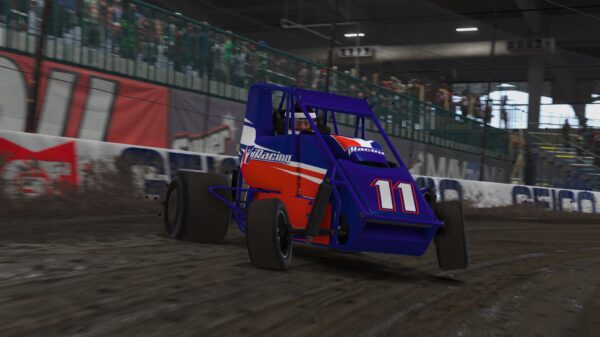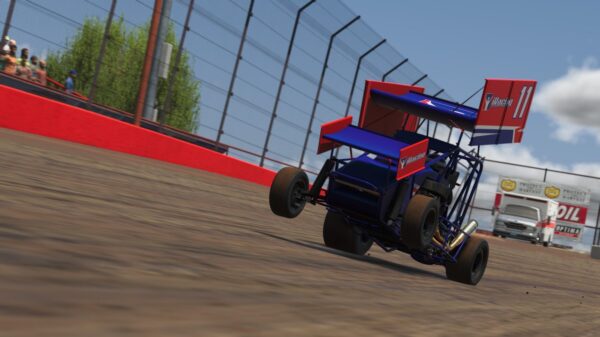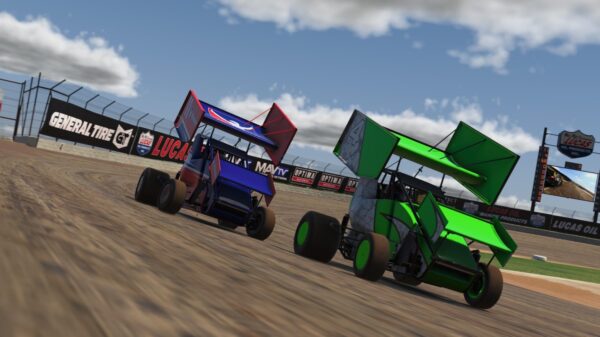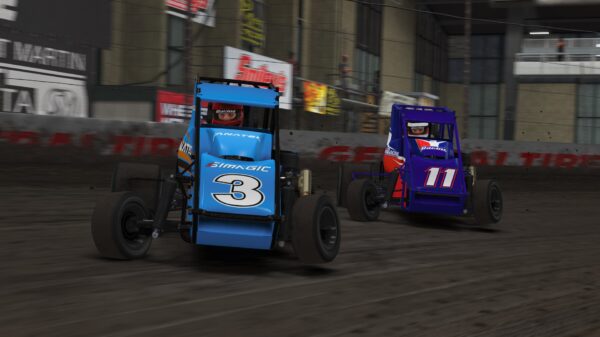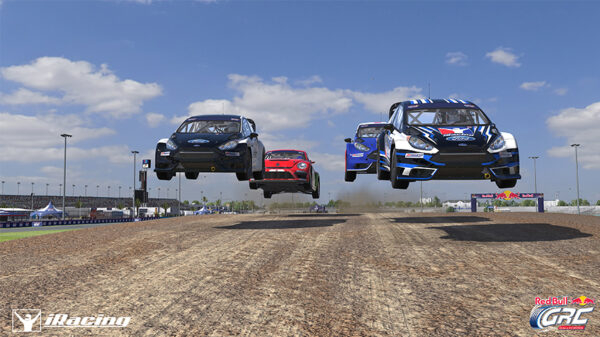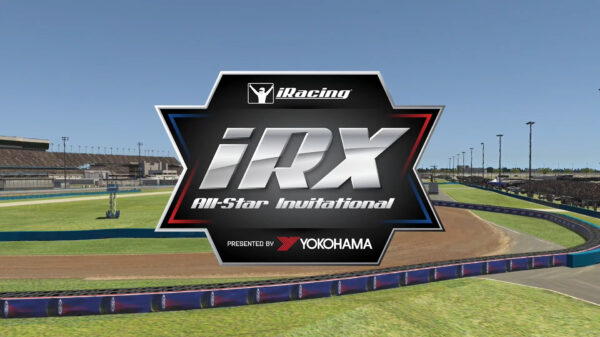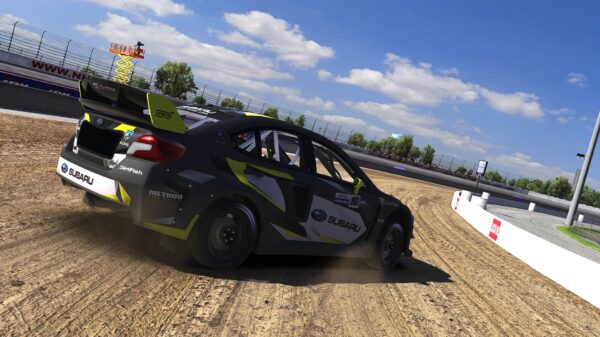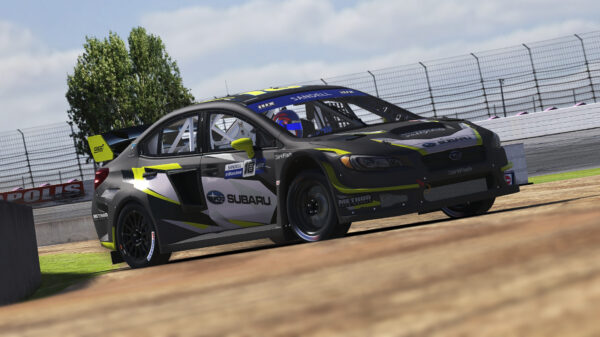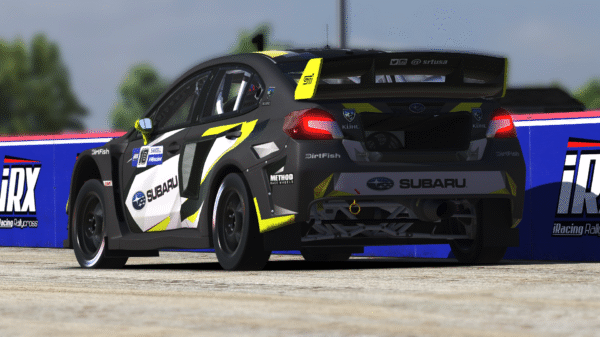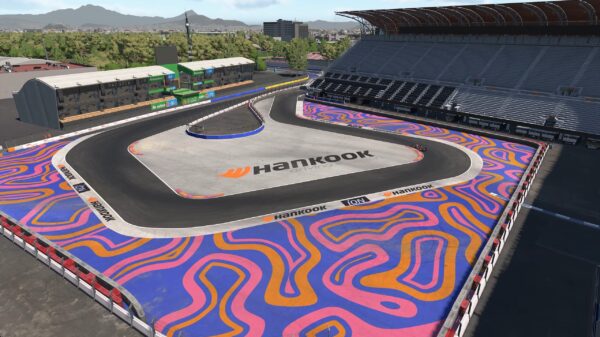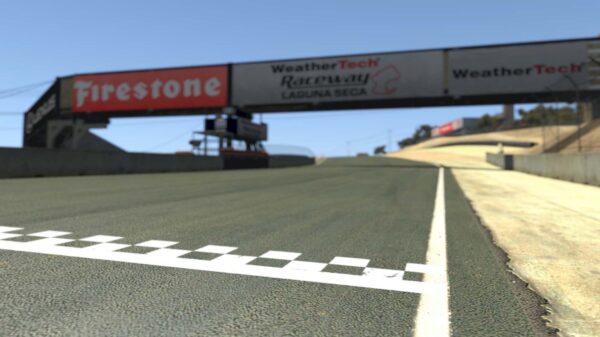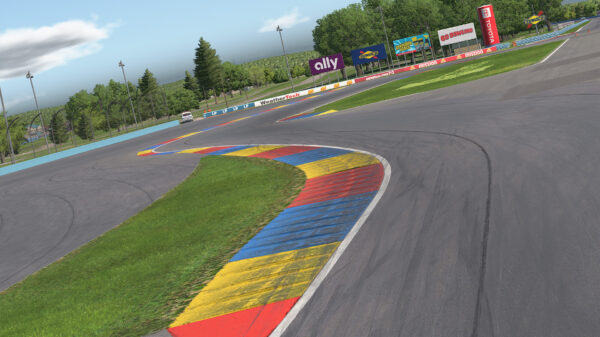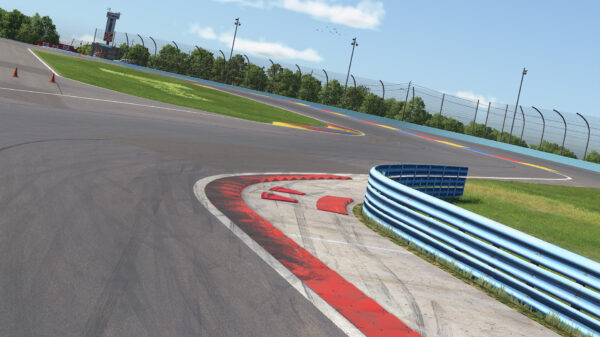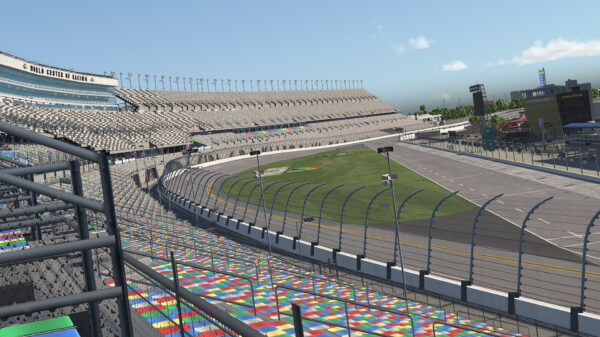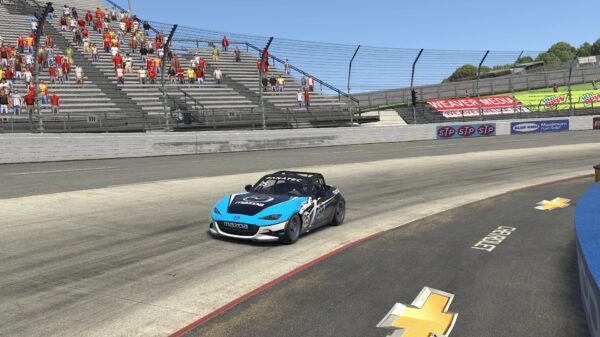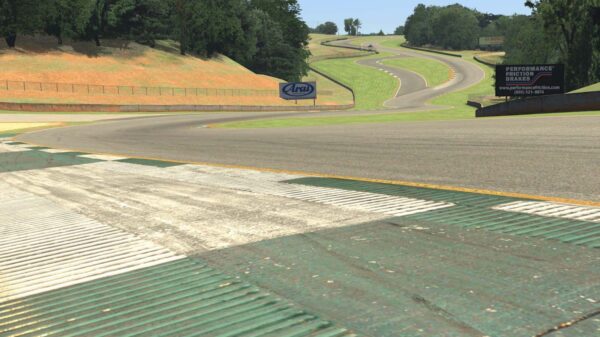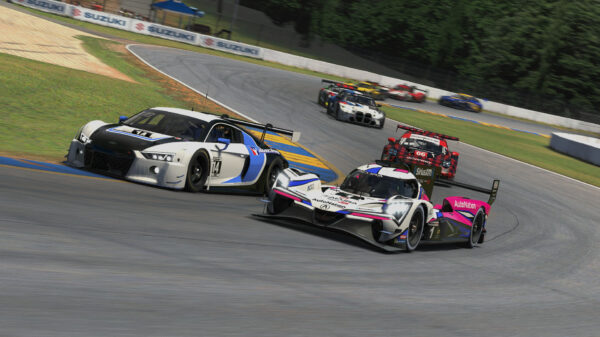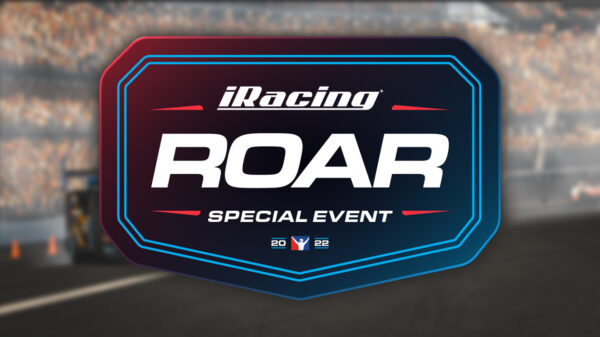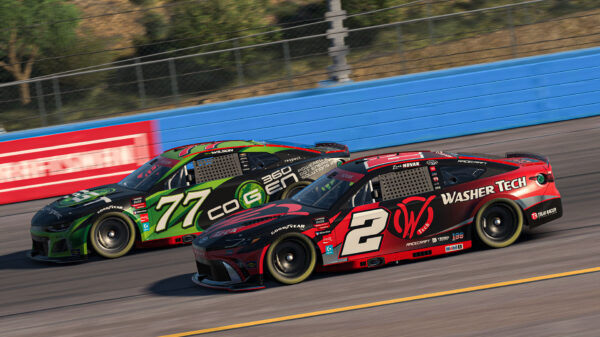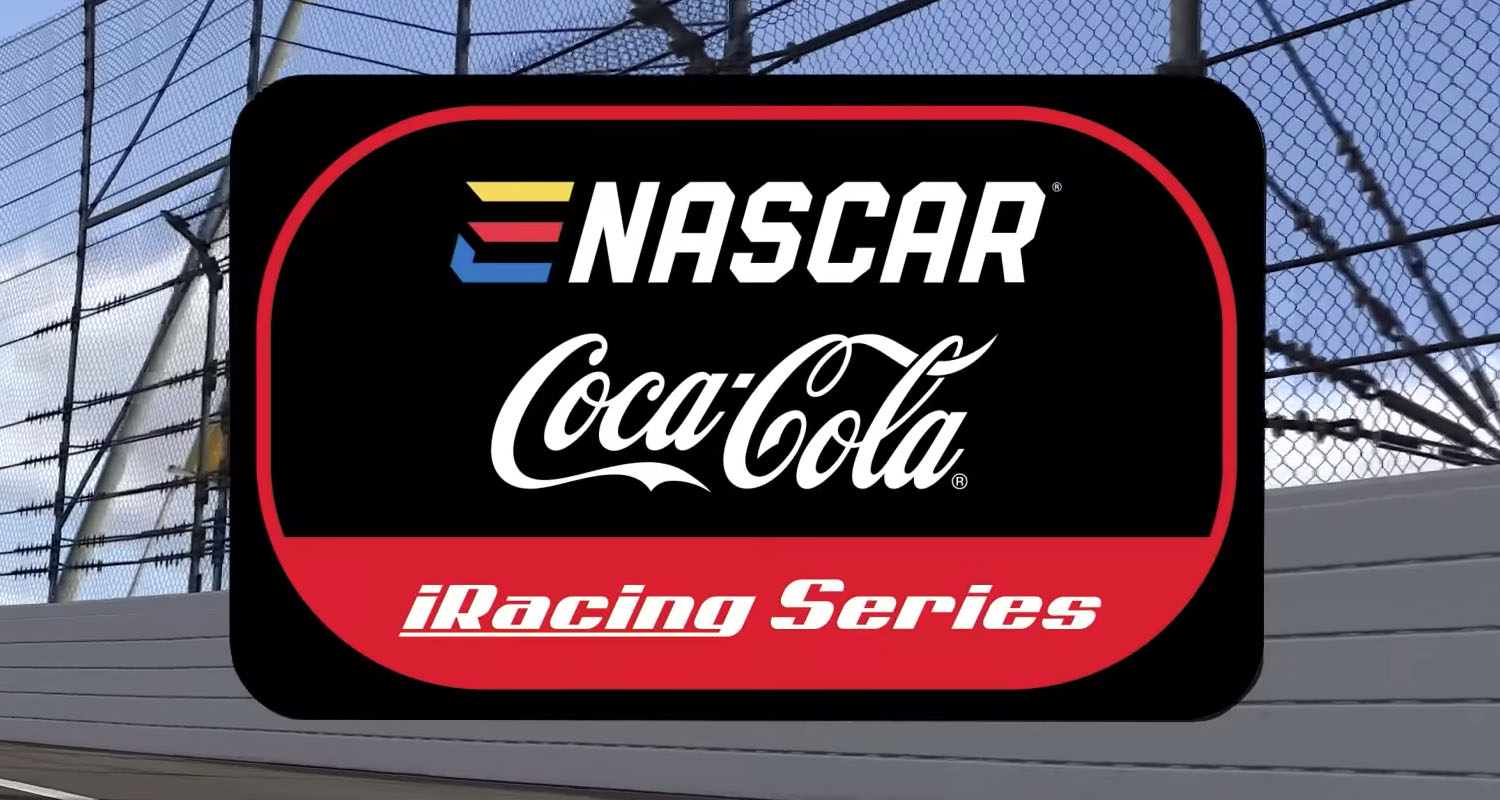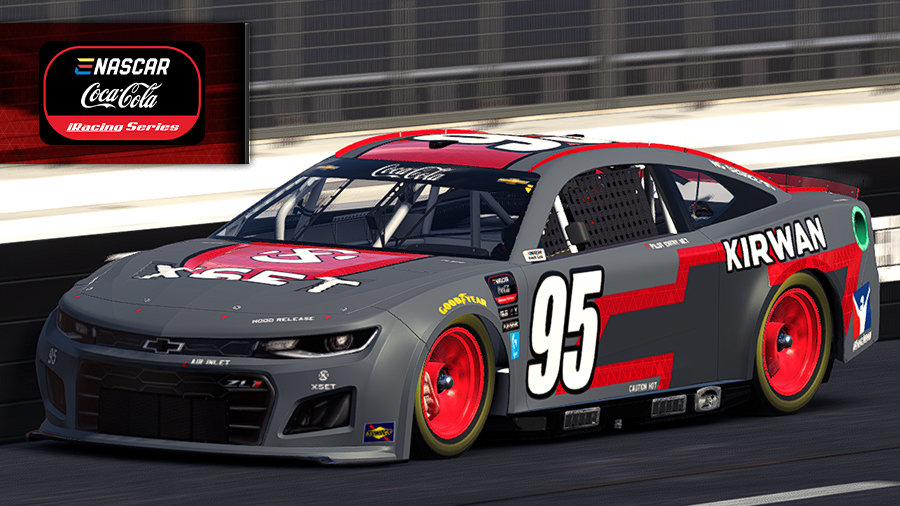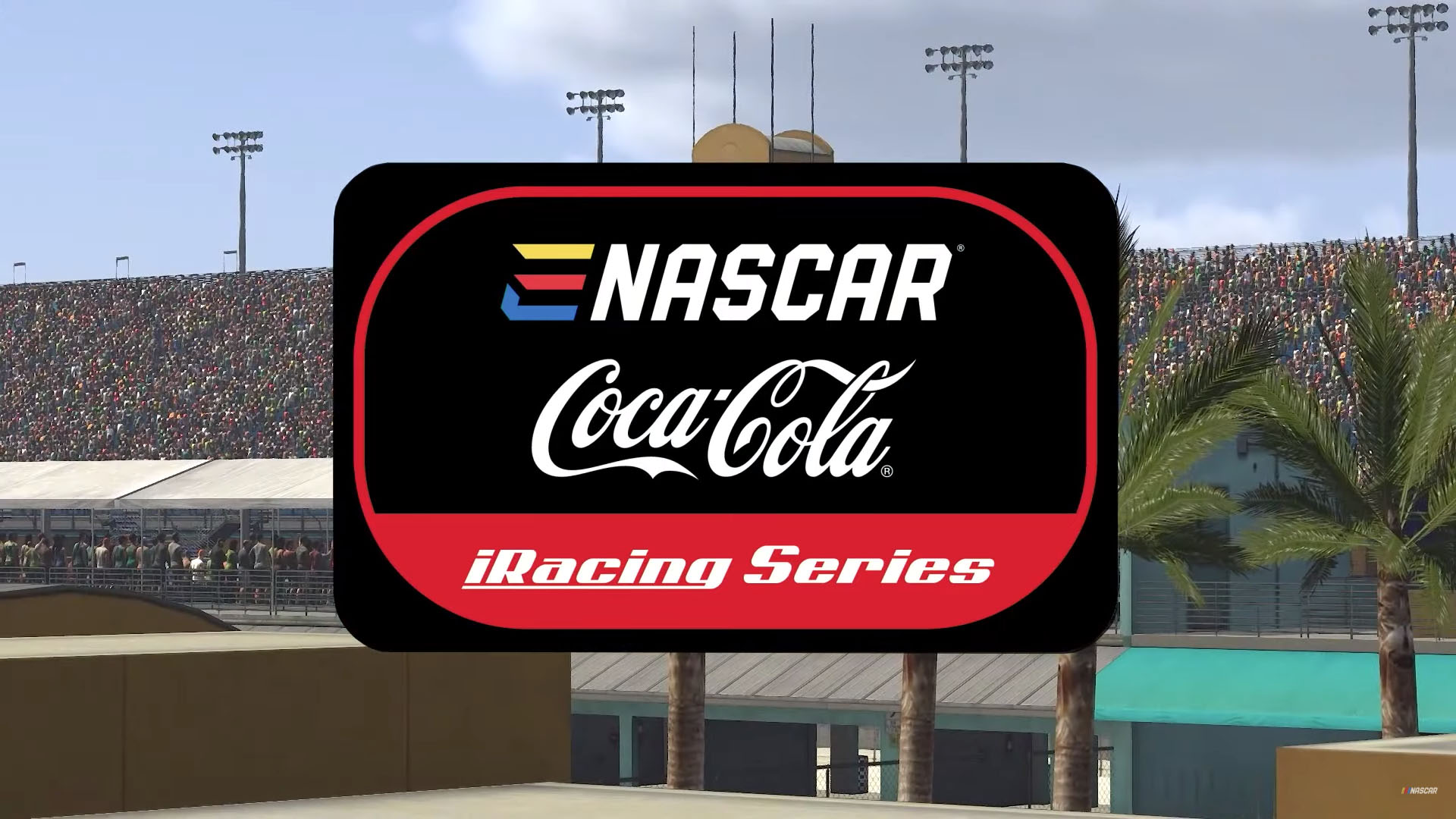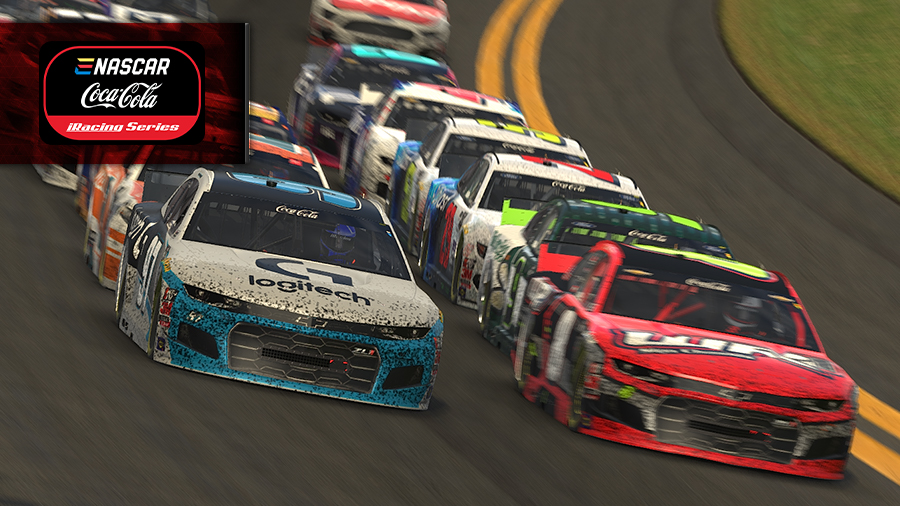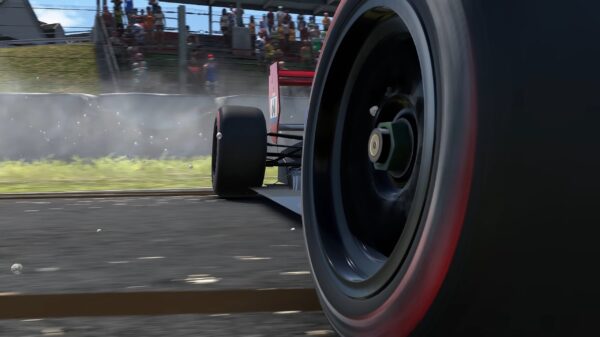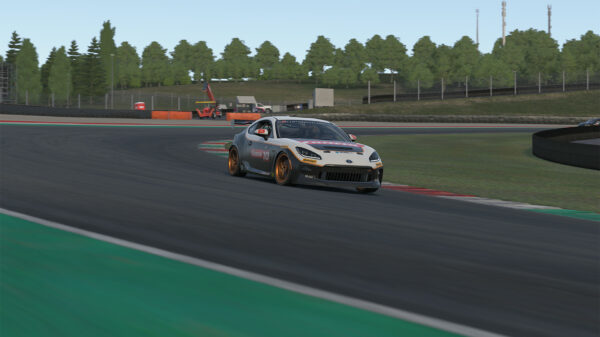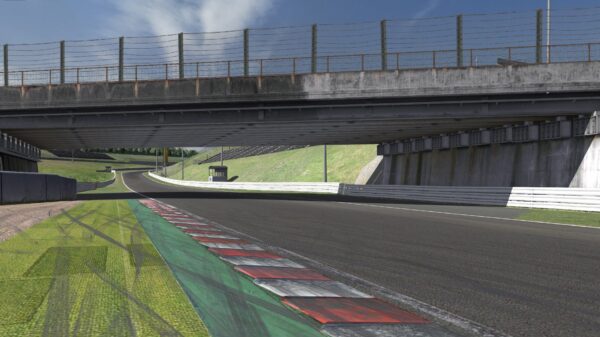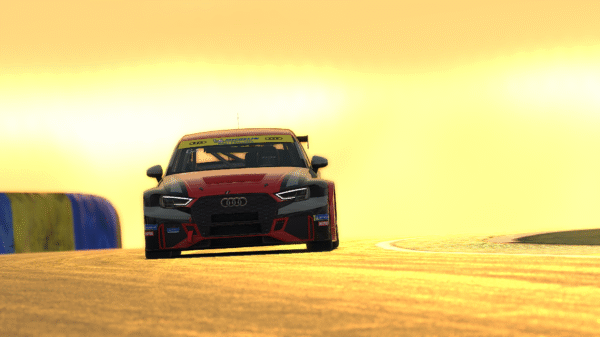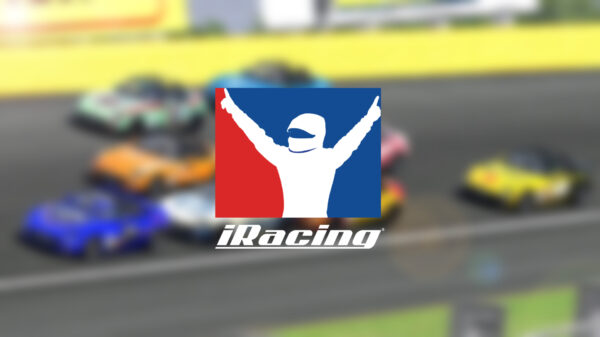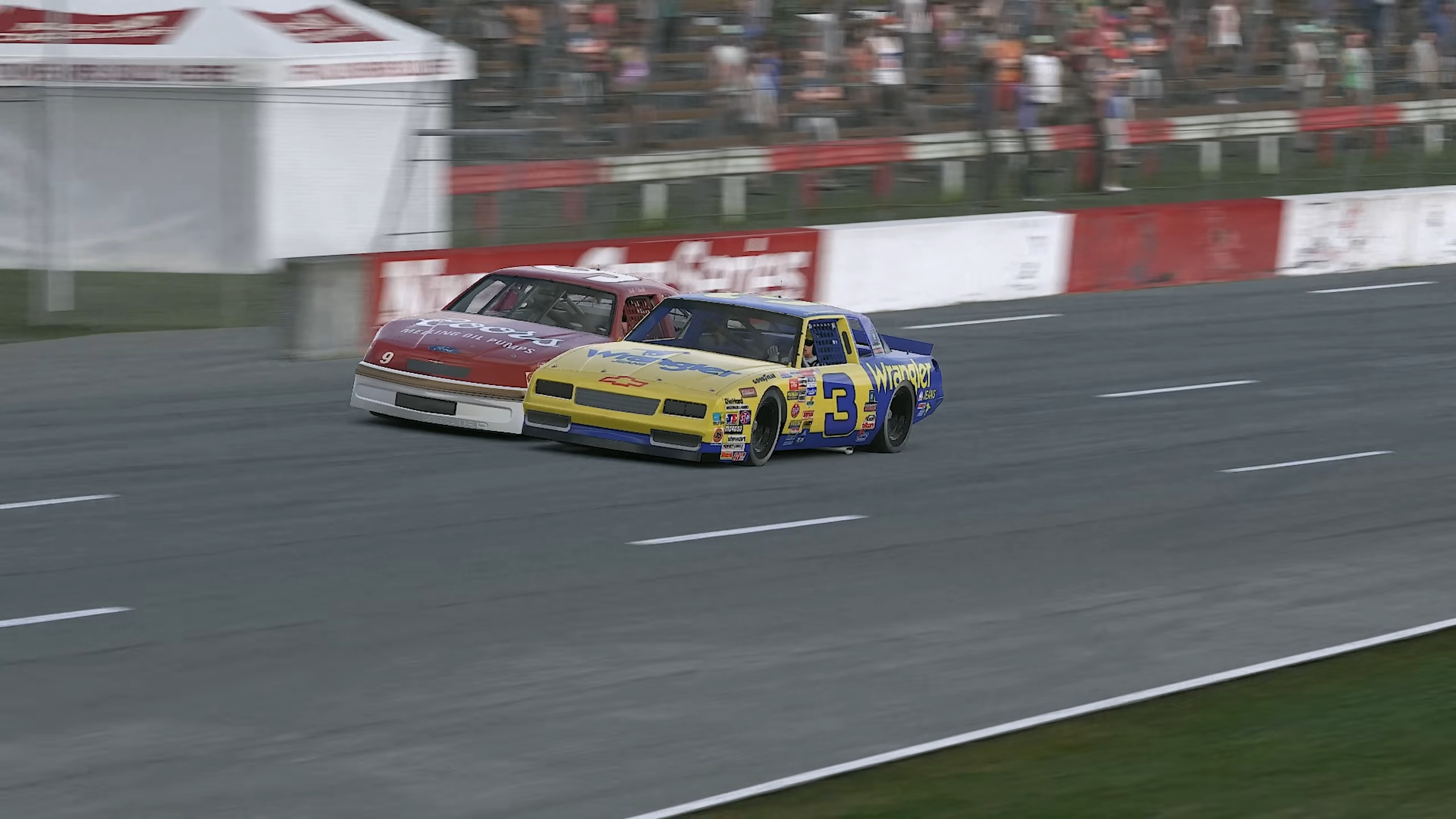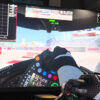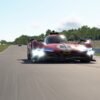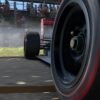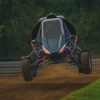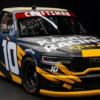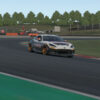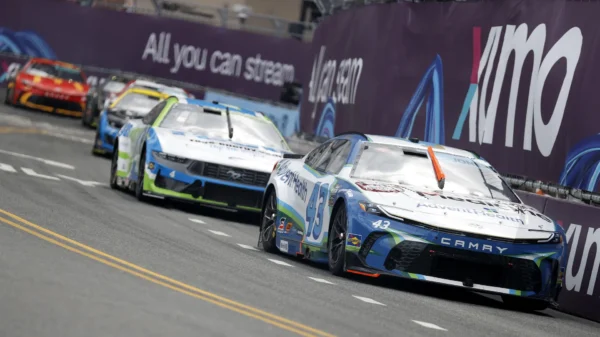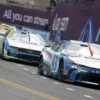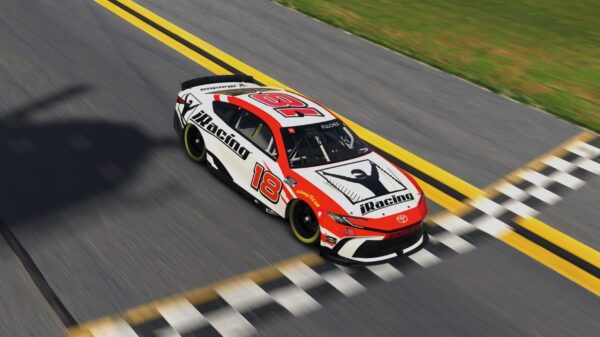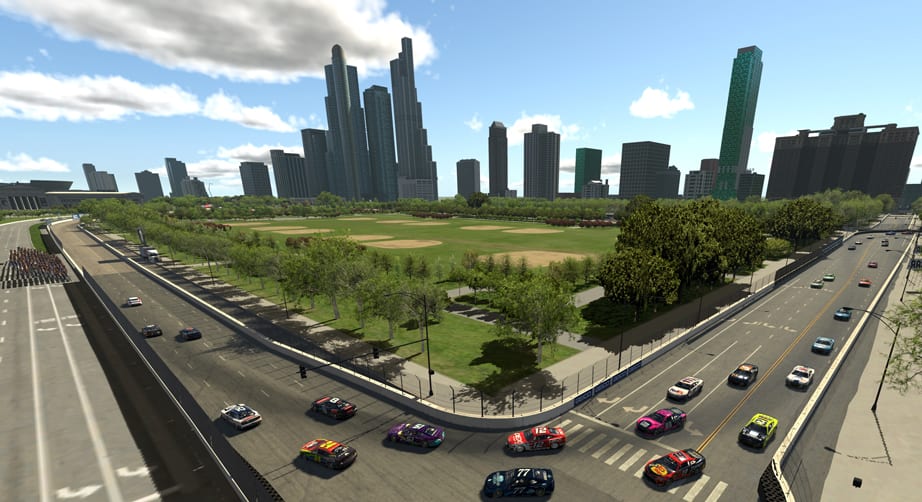The 1987 NASCAR Cup car in iRacing is a legendary machine. With a thunderous V8 pushing nearly 850 horsepower to the rear wheels, skinny bias-ply tires, and very little aerodynamic downforce, it’s a car that demands respect. For new drivers, it can be intimidating, but with the right mindset, setup approach, and driving style, it becomes one of the most rewarding cars in the sim.
This guide breaks down the fundamentals: how to approach driving it, what to look for in setups, and the key habits you’ll need to develop to survive and thrive behind the wheel.
Driving Characteristics
Before diving into setup or tips, you need to understand what makes this car unique:
- Raw Power: Nearly 850hp with very little aero grip. Wheelspin is your biggest enemy.
- Weight & Momentum: At ~3,700 lbs, this car is heavy. It doesn’t stop or change direction quickly. Momentum conservation is critical.
- Bias-Ply Tires: Unlike modern radials, these have less grip, respond differently to heat, and reward smoothness. They also wear quickly if abused.
- Aero Era: With minimal downforce, dirty air is less of a factor than modern Cup cars. Instead, balance and mechanical grip rule.
In short, the car is fast in a straight line but very unstable in the corners. Every lap is about managing power vs. control.
Beginner Driving Tips
1. Throttle Discipline
The throttle is the hardest thing to master in the ’87 cars.
- Ease on gradually. Slamming the throttle will immediately spin the tires.
- Modulate mid-corner. Unlike modern cars, you can’t always flat-foot the gas on exit. Learn to roll on power smoothly.
- Practice half-throttle exits. Especially at tracks like Charlotte or Atlanta, partial throttle is faster than spinning the rears.
2. Braking Approach
Brakes on the ’87 car are not like modern Cup cars — they’re weaker, and the car is heavier.
- Brake early. Expect long braking zones. If you’re overdriving corners, you’ll cook your tires.
- Use less brake pressure. Lock-ups are common; bias-ply tires don’t recover well from flat-spotting.
- Trail brake lightly. Bringing the brake into the corner helps keep the car stable, but too much will overload the fronts.
3. Cornering Technique
The car doesn’t “stick” like a modern stock car. Think old-school oval racing.
- Diamond the corner. On many ovals, the fast line is entering high, cutting down mid-corner, and drifting back up on exit.
- Be smooth on the wheel. Jerky inputs upset the car instantly.
- Respect the rear end. Oversteer is constant; small corrections are better than big saves.
4. Tire Management
Tires are your lifeline in the ’87 car. Abuse them, and you’ll be seconds off the pace after just 10 laps.
- Save in practice. Run long stints and focus on consistent lap times instead of hot laps.
- Back off early. The fastest drivers are often the smoothest, not the most aggressive.
- Heat cycles matter. Bias-ply tires respond differently to temperature; keep them cool by avoiding slides.
5. Drafting & Racecraft
Because of the raw horsepower and low aero grip, drafting plays a huge role.
- Stay tucked in. The draft gives huge straight-line speed boosts.
- Plan your runs. Passing isn’t always about diving into corners — time your slingshots down the straight.
- Anticipate chaos. With limited grip, multi-car packs can become accidents quickly. Be patient.
Setup Advice for Beginners
The 1987 Cup car is notoriously difficult to set up. Start simple and work with broad strokes:
1. Tire Pressures
- Fronts: Keep slightly higher pressures for stability (helps turn-in).
- Rears: Lower pressures can add grip on exit but may increase tire temps.
2. Camber
- Negative camber on the right front is critical at ovals — it helps the car hold banking.
- Don’t go extreme; too much camber overheats the tire quickly.
3. Springs & Shocks
- Softer front springs = more bite, but less stability.
- Stiffer rears help with stability but reduce drive off.
- Beginners should keep defaults close to baseline and tweak gradually.
4. Gear Ratios
- Shorter gears = faster acceleration but more wheelspin.
- On high-banked superspeedways, taller gears may help tame the throttle.
5. Aero Balance
Minimal by modern standards, but spoiler angle can make a difference.
- More angle = stability but drag.
- Less angle = speed but twitchy handling.
Mindset for Success
Driving the 1987 NASCAR Cup car is as much about mindset as skill:
- Patience wins. Overdriving will shred your tires and send you to the wall.
- Smoothness is speed. Every input — steering, throttle, brake — must be gradual.
- Long runs matter. This isn’t a hot-lap car. The best drivers are the ones who manage pace over 30–40 laps.
The 1987 NASCAR Cup car is one of iRacing’s most unforgiving yet rewarding challenges. It embodies old-school stock car racing: raw horsepower, sliding bias-ply tires, and the need to drive with finesse instead of brute force.
For beginners, the keys are discipline, smoothness, and tire management. Treat it with respect, and it will teach you lessons that carry over into every other car in iRacing.

